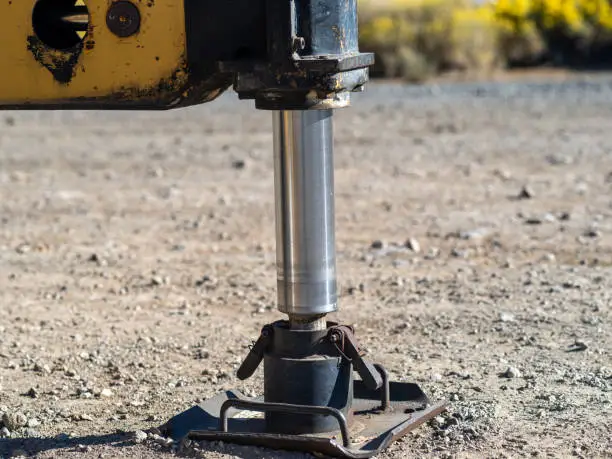
Analysis of the principle of hydraulic jack
Hydraulic jacks are a tool widely used in industry and daily life. Their core working principle is based on fluid mechanics, especially Pascal's principle. Pascal's principle states that when a fluid transmits pressure in a closed container, the pressure in all directions is equal. This principle is cleverly applied in hydraulic jacks.
The structure of a hydraulic jack mainly consists of a hydraulic cylinder and a moving piston. When the handle is operated, hydraulic fluid is pumped into the cylinder, pushing the piston upward. This design allows users to lift heavy objects by applying less force because the fluid distributes the pressure evenly in the cylinder. Through the hydraulic system, the jack can easily lift several tons of weight without applying great force.
Another key feature of hydraulic jacks is their precision and safety. Users can control the lifting speed by adjusting the valve to avoid safety hazards caused by fast movement. At the same time, the high-pressure sealing system ensures that there is no leakage during the operation process and the lifting operation is safe.
Correctly understanding the working principle of hydraulic jacks will not only help us to be safer and more efficient when using tools, but also help us solve common fault problems, such as fluid leakage or insufficient pressure. Therefore, learning and mastering hydraulic principles is a compulsory course for every user and maintainer.
